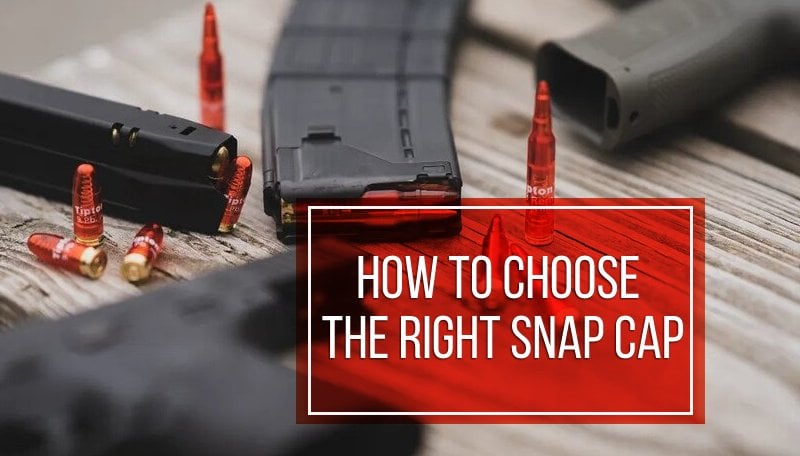
If this article’s title piqued your interest, you are probably well aware of what a snap cap is and why you would need it. We welcome all snap cap appreciators and everyone led here by curiosity or providence. This is a snap-cap-choosing guide, as you might conclude from the title, and here we’ll talk about the main crossroads one might stumble upon when choosing a snap cap. Some basic notions will also be covered here to allow people less acquainted with the topic to follow our stream of thought. There’s a table of contents right under this paragraph, but if you want to jump into action right away, here’s the springboard that will carry you straight to the point.
Table of Contents
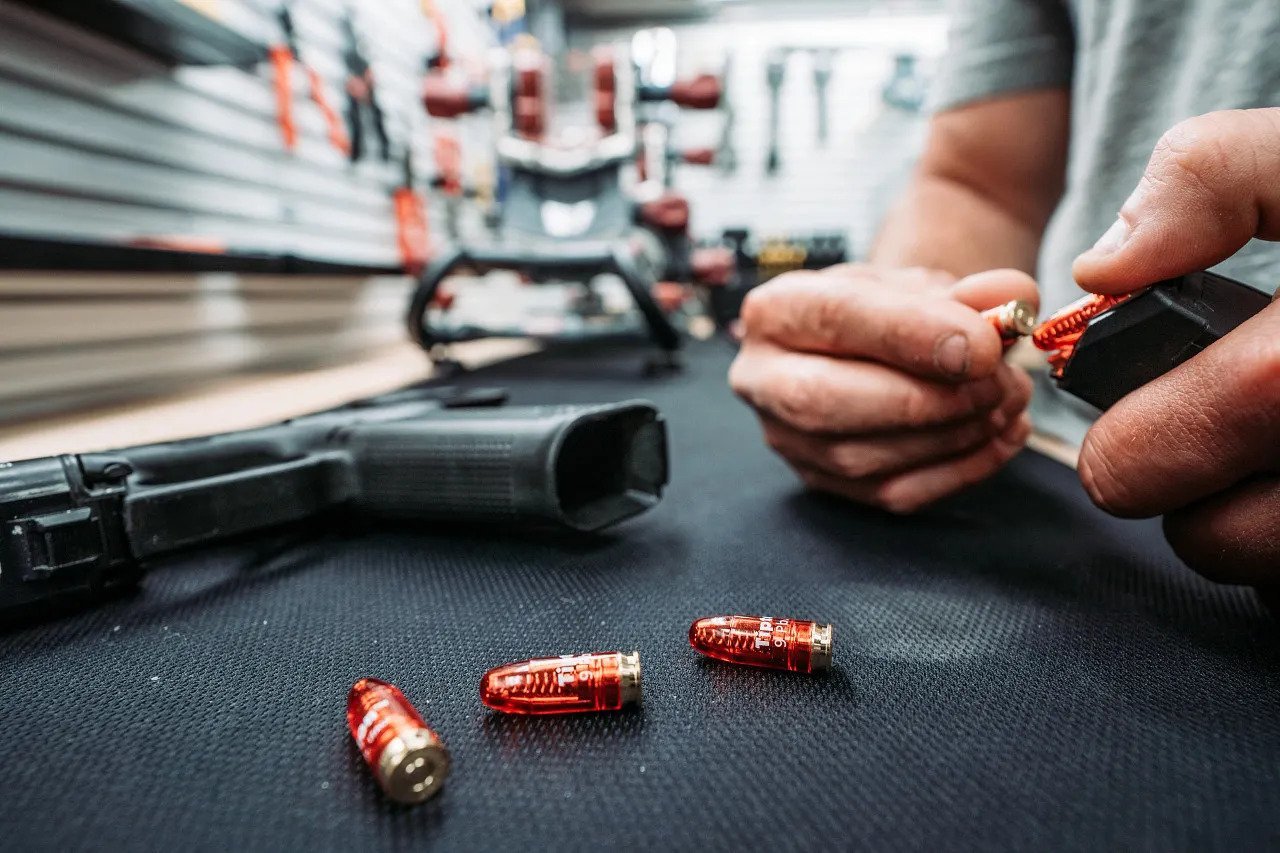
Getting Down the Basics
To save the time of people who came here looking for some fancy headpiece, snap caps are firearm accessories that simulates the shape and weight of a live cartridge but lack any functional components. It is essentially a dummy round (another common name that actually applies to a different accessory) designed to fit the chamber of a firearm and simulate the release of a firing pin on a live round without causing any damage to the firearm.
Why would you need ammo that won’t shoot? There are several reasons for having some, primarily training and ensuring the firearm’s longevity. Snap caps can be used to protect gun components, the firing pin and mainspring in particular, from damage during dry fire practice. Dry firing involves pulling the trigger and releasing the hammer or striker without live ammunition in the gun. It’s usually a part of a learning-to-handle-firearms course that includes learning to draw, reload, unload, and handle malfunctions. With snap caps, you can train without fearing getting your firearm’s parts damaged. You can also use snap caps to check how the firearm functions. That is particularly useful if you want to check the gun’s feeding mechanism. None of those things should be done with real ammo, and not using anything will pretty much render the whole activity useless as firearms are not designed to be fired with empty chambers. The bundle you see below includes snap caps for most popular handgun calibers: .22LR, .380 Auto, 9mm Luger, 40 S&W, .45 ACP/Auto.
If you train with firearms of older designs or rimfire guns, pistols and rifles alike, using snap caps turns from an option into a must. Due to the peculiarities of the design, rimfire weapons should not be test-fired with chambers empty, as it can lead to a firing pin getting broken. The same goes for a small number of centerfire firearms. Dryfiring rimfire guns may also lead to chamber edge deformation, caused by the firing pin striking it.
Matching the Caliber
Snap caps have a fairly simple design, so you won’t see an overwhelming variety of choices. The main distinguishing factor for a snap cap is its caliber. Since snap caps are designed after real cartridges, it’s only natural for them to share dimensions with their prototypes, even if there’s no bullet to speak about. Today, you can find snap caps in all calibers from .22 Hornet up to .50 BMG. The group that is designed after more popular calibers is naturally the most widely represented on the market but there are snap caps for less widespread calibers too.
When choosing a snap cap, it is important to make sure you select one that matches the caliber of your firearm. You might think Captain Obvious right now, but some people neglect that rule. If it’s not going to fire anyway, why should you bother looking for an appropriate one? Using a snap cap of incorrect caliber won’t cause serious damage to your firing pin or mainspring, but it doesn’t mean you should use one snap cap wherever you can cram it. Given how long any given snap cap can function, the price you need to pay is negligible. It might be less harmful to dry shoot a firearm rather than use it with a non-fitting snap cap. Since you don’t need an awful lot of snap caps, getting one or two for a particular caliber shouldn’t be much of a burden for a wallet of any size.
Deciding on the Materials
Materials are the second parameter that distinguishes one snap cap from the other. Snap caps can be made from a variety of materials, and each of them boasts its own set of properties.
Wool Snap Caps
Wool snap caps are not made of wool, not entirely, at least. They feature a traditional-looking brass spring-loaded primer connected to a wool chamber mop. You can treat the mop with gun oil to ensure no rust shall tarnish your firearm’s chamber. In all other respects, it works as a common snap cap.
Plastic Snap Caps
Plastic is everywhere. It found its way into our food and water, so it’s not surprising it elbowed through the crowd of other materials to make it into a snap cap material pool. Plastic snap caps are lightweight and relatively cheap but lack the durability of other types of snap caps. You will need to replace plastic snap caps more often than other types, as it is most prone to wear. It is also the only type that can break inside the chamber, making parts of the casing cause jams and inflict damage to the gun.
Aluminum Snap Caps
Aluminum is a gun-industry regular. Snap caps are only some of the accessories that make use of this metal, and the reasons for doing so are plentiful. Aluminum snap caps are precision machined from aluminum to exacting tolerances and feature hard anodized finish that ensures ultra-smooth functioning and long service life. They are sure to withstand many a thousand trigger pulls but are pricier than some other caps.
Brass Snap Caps
Brass snap caps are another popular choice. They are machined from solid brass and are highly durable, which makes them a reliable choice for gun owners. Brass snap caps also provide a more realistic weight and feel compared to plastic or aluminum snap caps. Due to their durability, brass snap caps are typically more expensive than other types of snap caps. Additionally, over time, the brass may develop a patina or tarnish, which can affect its appearance, if that’s something that might concern you.
Getting Acquainted with the Brands
The debate on the necessity and relevance of snap caps is still ongoing, with some people believing them to be redundant and excessive. Nobody would say so about ammo, so naturally, snap caps are far behind ammunition in popularity. However, there is still a market for snap caps, meaning there are brands that meet people’s demands.
A-Zoom
The A-Zoom brand is known for its precision CNC machined snap caps. Made from solid aluminum and hard anodized for sleek performance and longevity. They are designed to withstand thousands of dry fires while protecting your gun’s firing pin and mainspring. A-Zoom has a wide range of snap caps available for numerous pistol and rifle calibers and shotgun gauges.
Tipton
Tipton is primarily known to firearm enthusiasts as a producer of gun cleaning and maintenance products, but they also have a range of snap caps. Tipton’s snap caps are designed to protect your firearm from damage caused by dry firing. Tipton has a line of plastic caps for pistols, rifles and shotguns alike.
Carlsons
Carlsons earned its reputation as a trustworthy brand with an extensive selection of choke tubes. However, there’s much more to them than that. Carlsons produces those very wool snap caps we were talking about in the previous section, as well as aluminum and brass snap caps for shotguns, rifles, and pistols.
Conclusion
Choosing the right snap cap is not on the list of things that may pose a challenge. The only thing you need to know is the caliber of your firearm – the rest is the question of preference. Materials have a say in the way the snap caps perform, but generally, they are more or less equally reliable. As such, choosing a fitting snap cap is a cakewalk. The main thing with snap caps is to recognize the benefits they offer and not neglect them.
FAQs
What are the benefits of using a snap cap?
Snap caps protect the parts of your firearm while dry fire training. As such, you can conduct malfunction and trigger control training by not using real ammo and not having a firearm chamber empty. It also allows for conducting functioning checks that require the chamber to be loaded.
How do I use a snap cap?
To use a snap cap, simply insert it into the chamber of your firearm until it is snugly seated. The rubber O-ring inside the snap cap creates a tight seal and helps ensure that it won’t become lodged in the chamber during dry firing. Once you’ve inserted the snap cap into your firearm, you can then proceed with your dry fire practice.
Are snap caps reusable?
Yes, snap caps are reusable. One snap cap, depending on the material used, can withstand from several hundred to more than a thousand trigger pulls.
Should I store my gun with snap caps?
Storing a gun with a snap cap inserted into the chamber allows the firing pin to lay at rest. The same goes for striker or hammer springs: snap caps allow to release the tension that would otherwise keep them compressed.

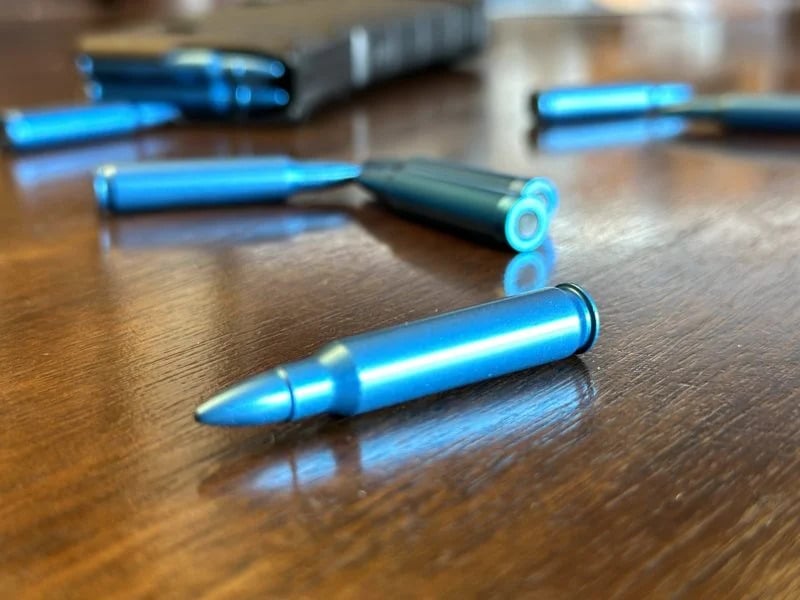
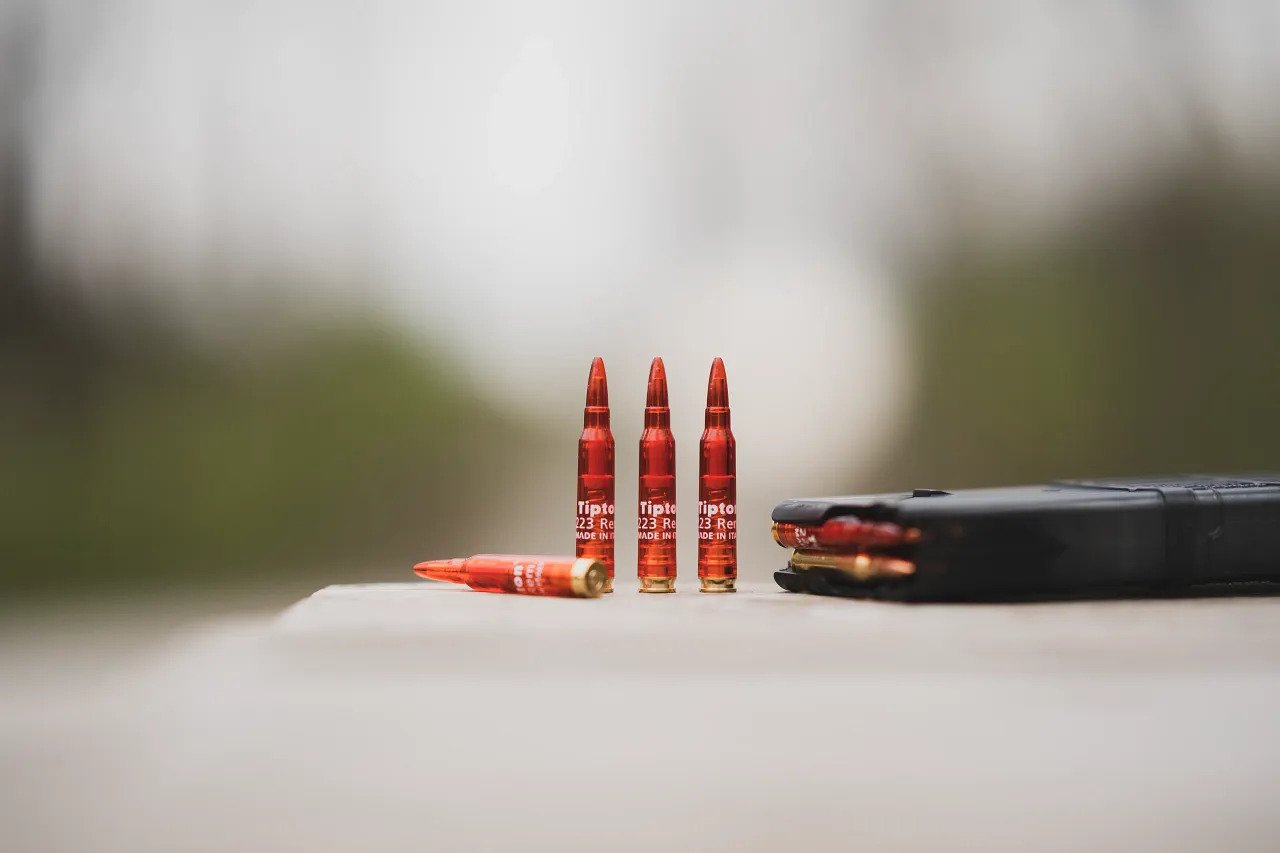

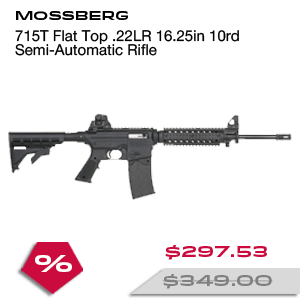
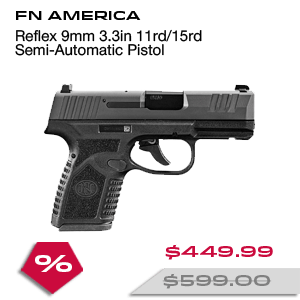
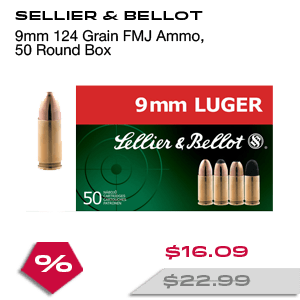

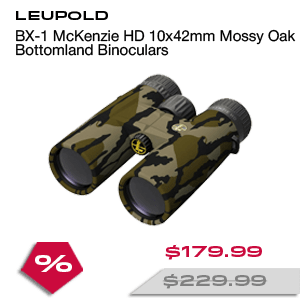
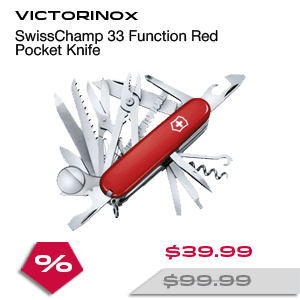




Leave a Reply